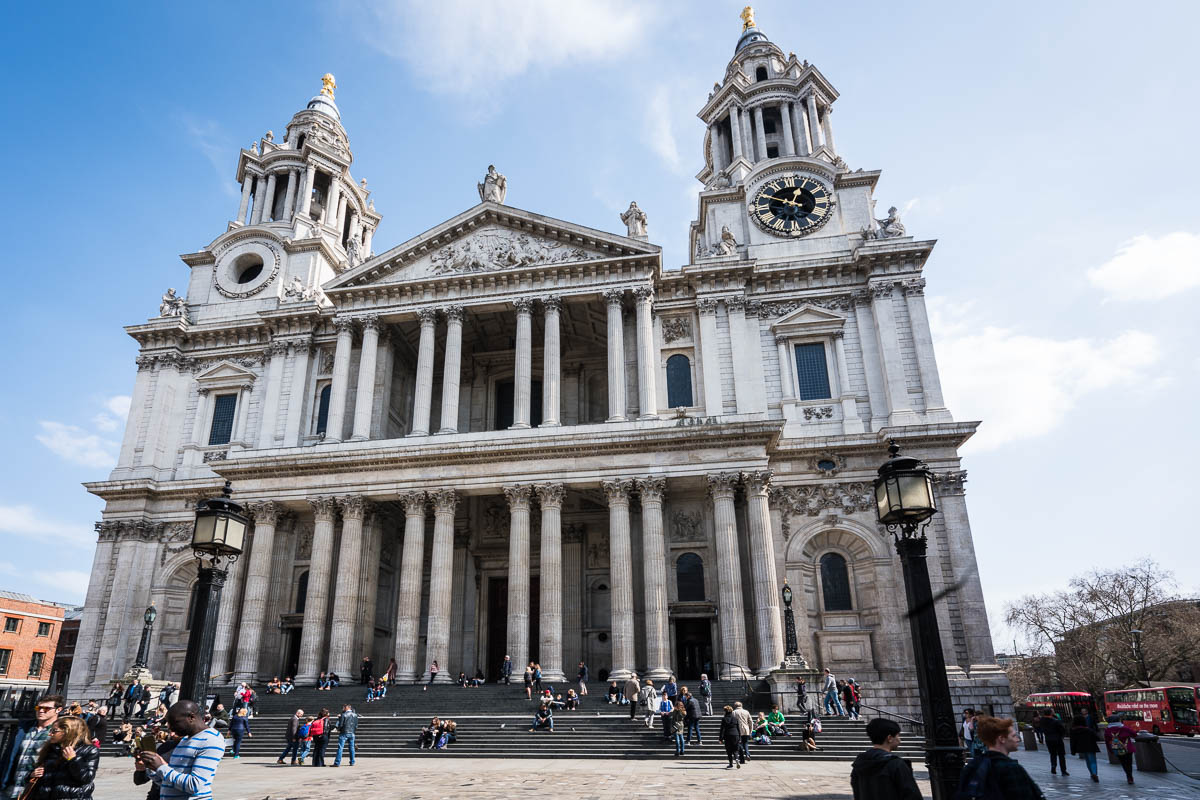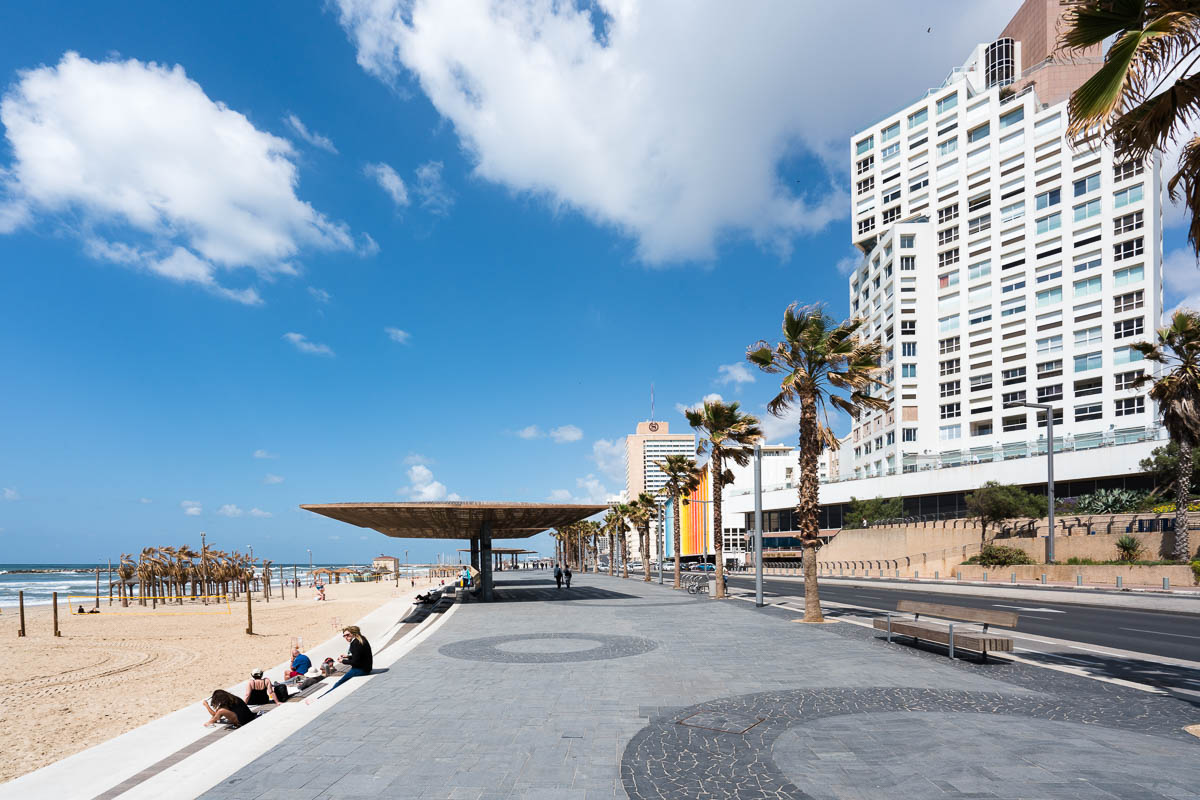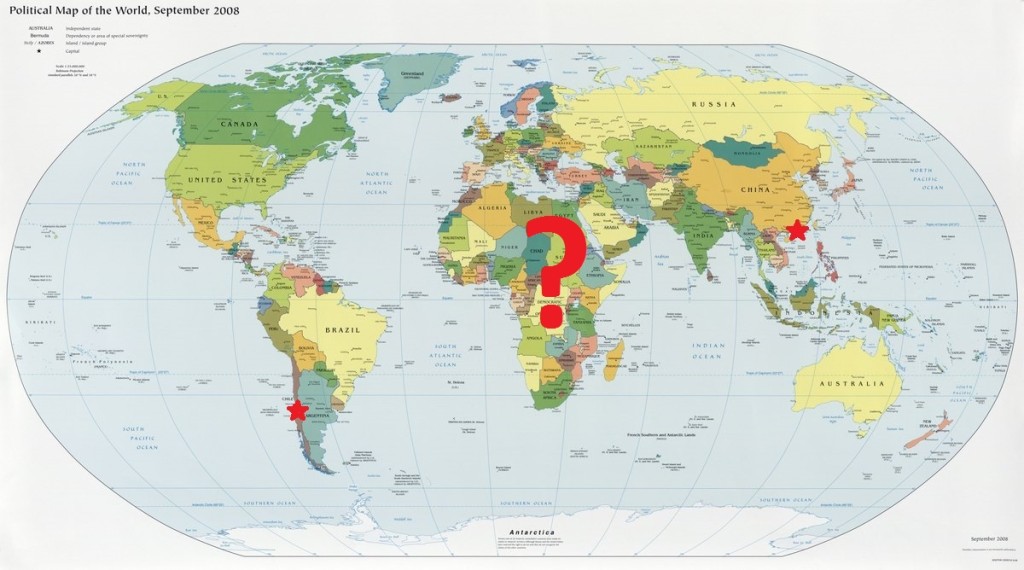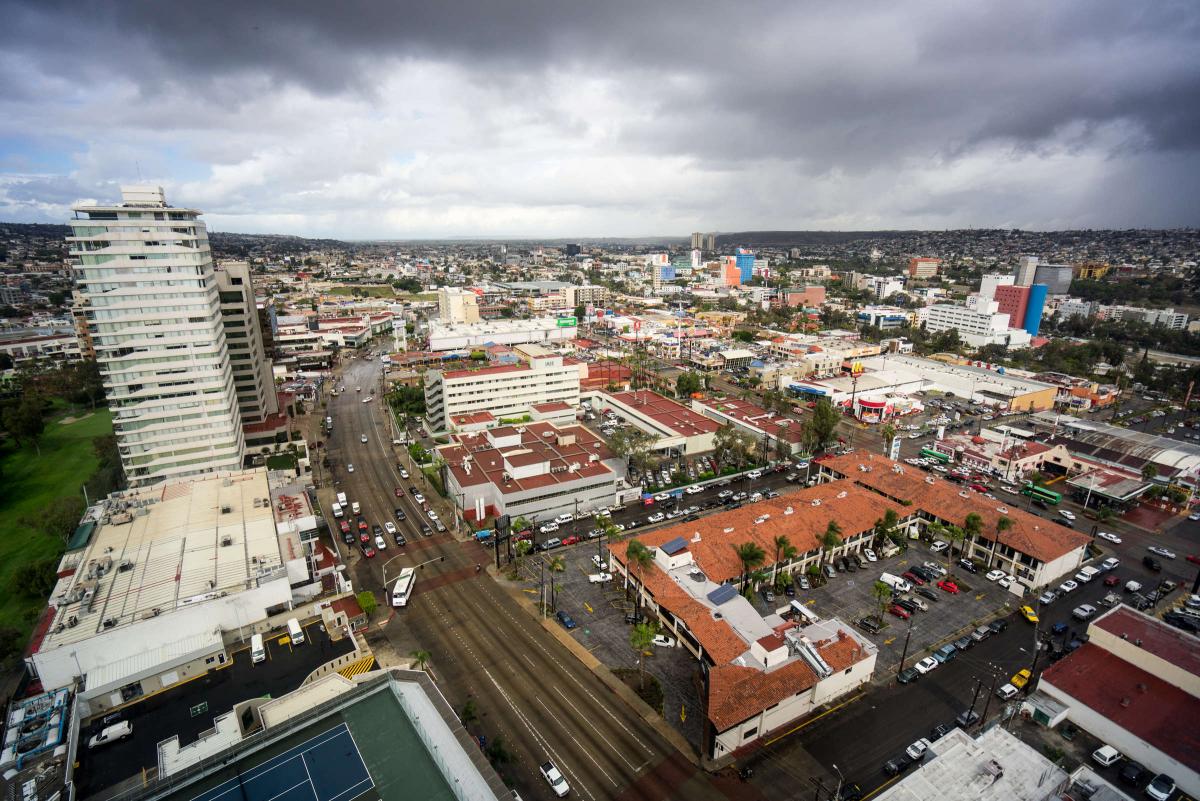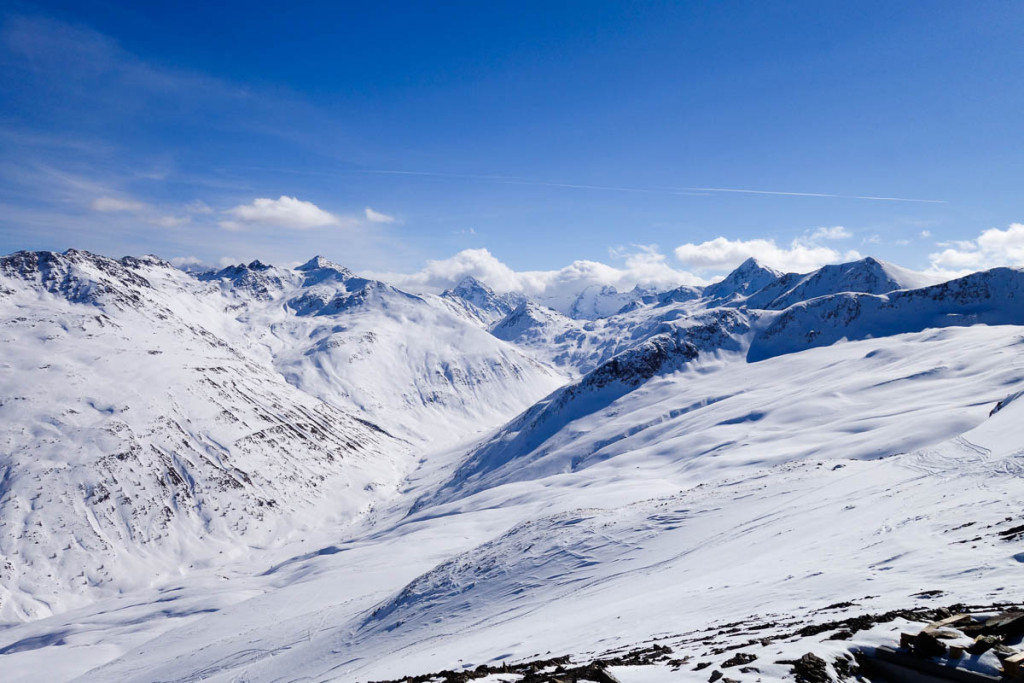April 6, 2016
London Half-Marathon.
I normally do these here blogposts according to the following M.O.: if there aren’t many photos to go on, then lots of text needs to make up for that; if there are plenty of photos, I let them do the talking and ease off on the word count…
Today folks, there’ll be few words. That’s the thing about the UK’s capital: there’s always so much to see and snap. I was there at the weekend with my travel companion A.B. – also a Londonophile – and we ran a veritable photographic half-marathon along stretches of the banks of the Thames I hadn’t checked out before, taking in all the nooks and crannies along the way.
The night before our photo-marathon we stayed in my fave hotel in the capital: Ham Yard. Not the nearest lodgings to the Thames, but just as well: our warm-up in getting to the river took in St. Paul’s Cathedral – and of course we just had to get up to its famous dome…
Taking photos and videos is forbidden inside the cathedral, but the views from the top and also all around it are simply stunning – desktop-wallpaper-able.
